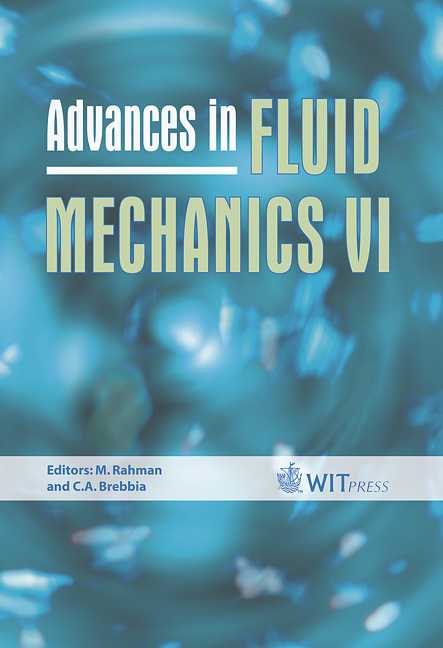Second-order Wave Loads On Offshore Structures Using TheWeber’s Transform Method
Price
Free (open access)
Transaction
Volume
52
Pages
10
Published
2006
Size
437 kb
Paper DOI
10.2495/AFM060431
Copyright
WIT Press
Author(s)
M. Rahman & S. H. Mousavizadegan
Abstract
The second-order wave loads are computed for the diffraction of monochromatic waves by a surface-piercing vertical cylinder in the finite and infinite fluid depths. TheWeber transformmethod which is essentially a Hankel transform method with a more general kernel, is applied to compute the second-order force due to the second-order velocity potential. Suitable closed contours in the complex plane are used to derive the analytical solution of the improper integrals involved in this study. This makes the present solution distinct from the other available solution of the second-order forces. 1 Introduction The fluid viscosity and the irrotational flow are important in determining the wave induced loads on offshore structures. The wave loading estimations for small volume structures are based on the well-known \“Morison Equation” which involves both viscous drag and inertia forces. If the characteristic dimension of the structure is comparable to the wavelength, the diffraction theory should be applied to find the wave induced loads upon the structure. There are some fundamental second-order phenomena that can not be predicted in the linearized wave theory. The second-order phenomena in monochromatic waves are the steady mean drift forces and the oscillating forces with a frequency twice the first order frequency. The force oscillating with the difference of frequencies that cause slow-drift motion of moored structures and the loads with sum frequencies that cause springing on TLPs are the second-order phenomena in multi-chromatic waves.
Keywords





